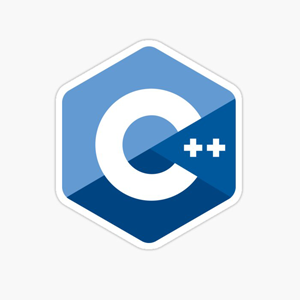Q:
Create a class Point having X and Y Axis with getter and setter functions in C++
belongs to collection: C++ Classes and Object programs
C++ Classes and Object programs
- C++ program to create a simple class and object
- C++ | Create an object of a class and access class attributes
- C++ | Create multiple objects of a class
- C++ | Create class methods
- C++ | Define a class method outside the class definition
- C++ | Assign values to the private data members without using constructor
- C++ | Create an empty class (a class without data members and member functions)
- C++ | Create a class with setter and getter methods
- C++ program to create a class to read and add two distance
- C++ program to create class to get and print details of a student
- C++ program to create student class, read and print N student\'s details (Example of array of objects)
- C++ program to create class to read and add two times
- C++ program to read time in seconds and convert in time format (HH:MM:SS) using class
- C++ program to read time in HH:MM:SS format and convert into total seconds using class
- C++ program to demonstrate example of friend function with class
- Count the created objects using static member function in C++
- Create an object of a class inside another class declaration in C++
- Example of private member function in C++
- Local Class with Example in C++
- Structure with private members in C++
- Const Member Functions in C++
- Demonstrate Example of public data members in C++
- Create a class Point having X and Y Axis with getter and setter functions in C++
- Passing an object to a Non-Member function in C++
- Accessing Member Function by pointer in C++
- Access the address of an object using \'this\' pointer in C++
- Create a class with public data members only in C++
- C++ program Input list of candidates and find winner of the Election based on received votes
- C++ program for Banking Management System using Class




 C++ programming
C++ programming
Program:
Output
need an explanation for this answer? contact us directly to get an explanation for this answer